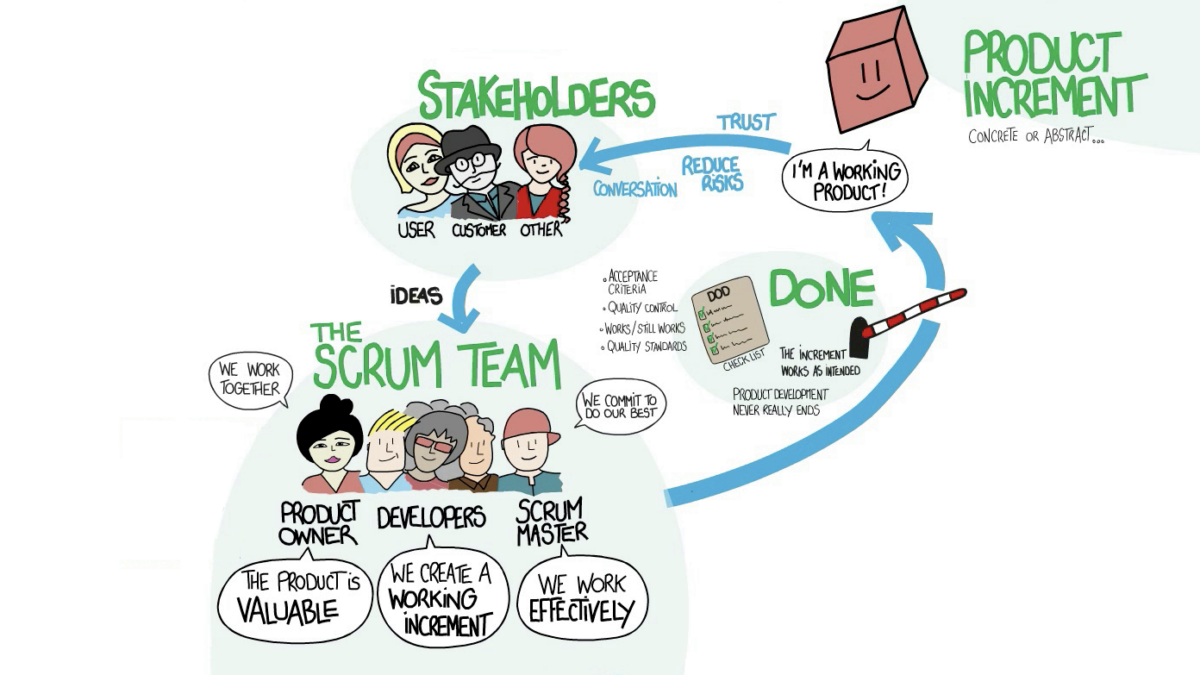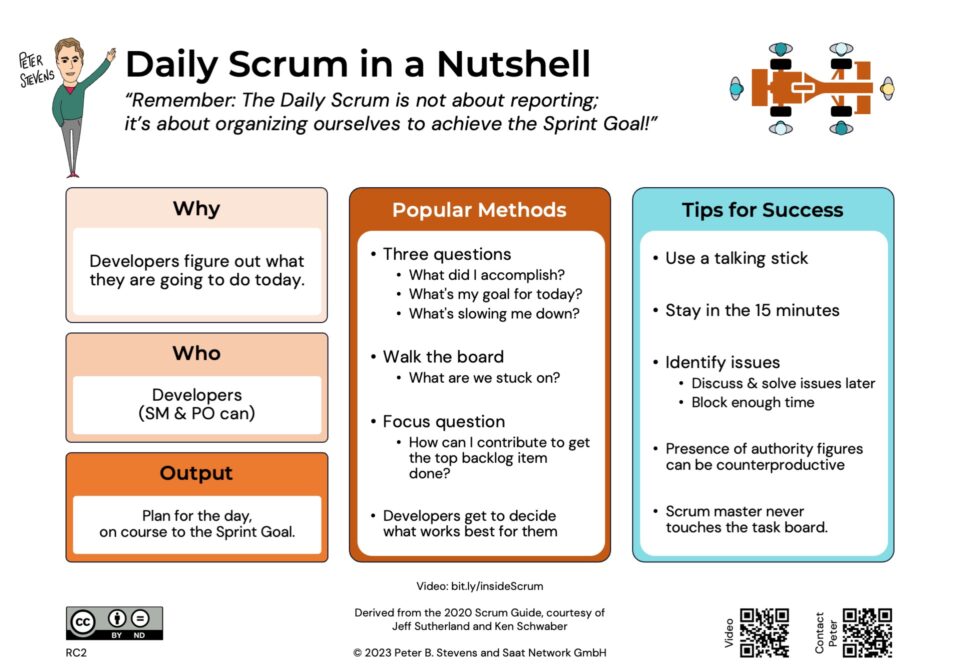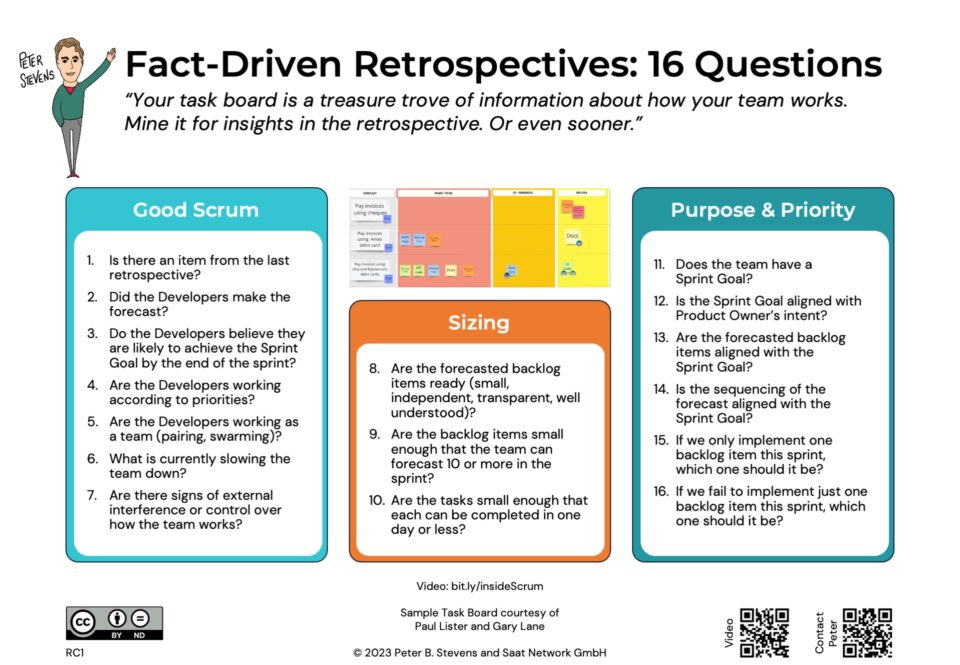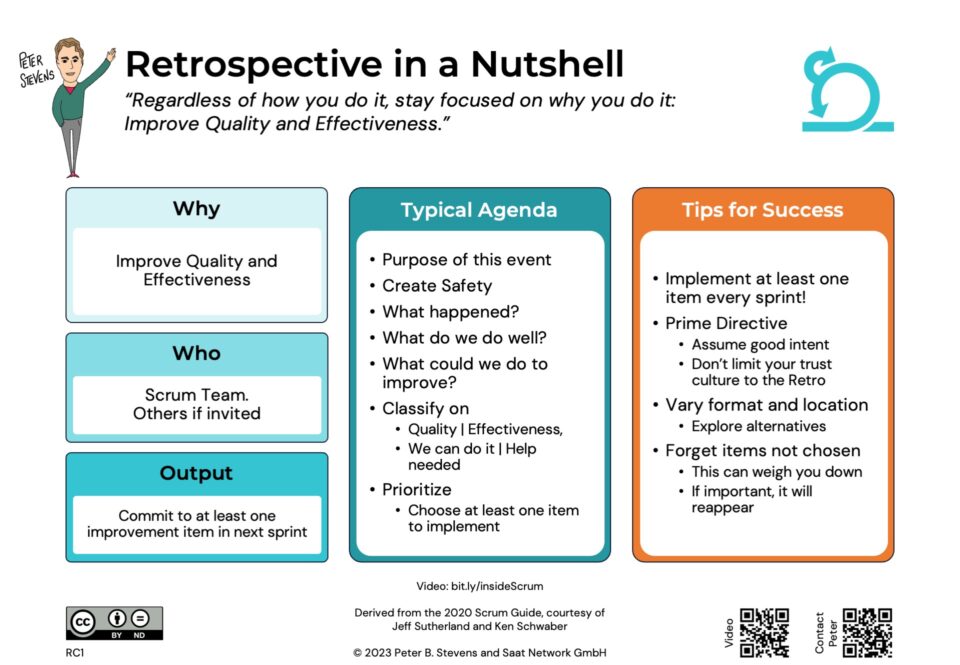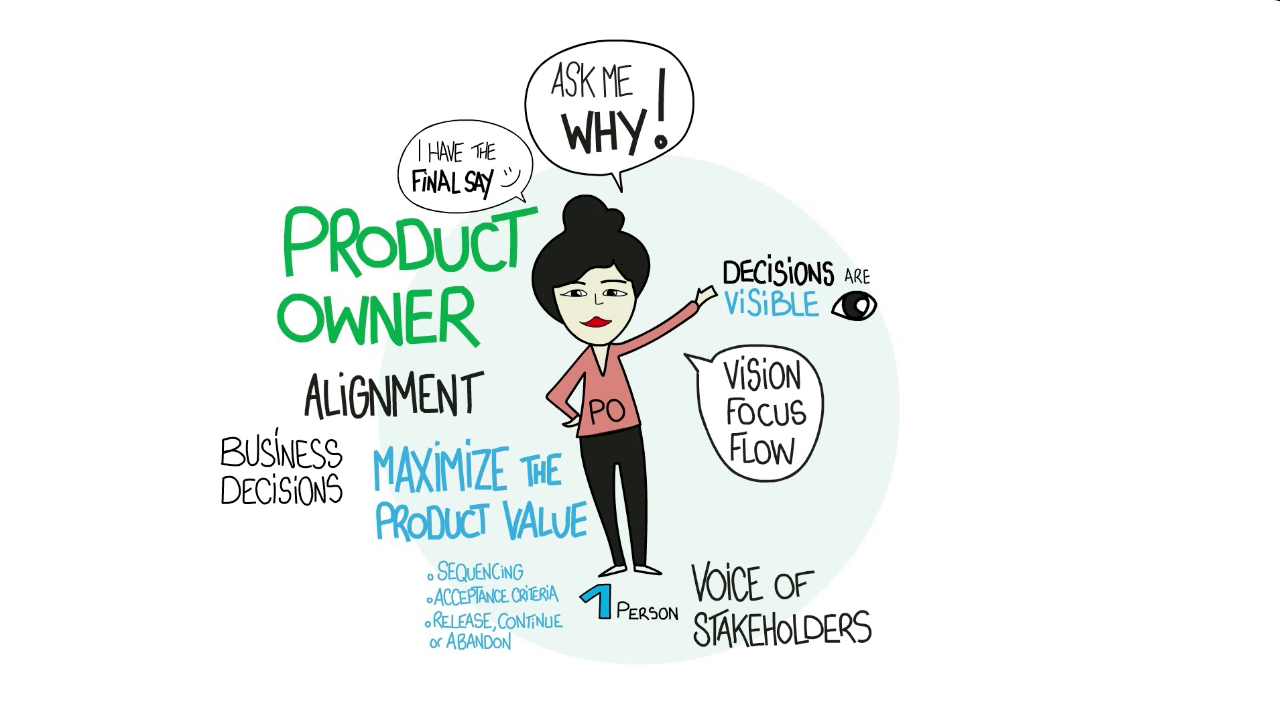
Product Owners can make decisions, can’t they?
30-03-2023
How to Be a Better Problem-Solver
03-04-2023Focus on the essentials to get better results sooner. Read more to simplify and speed up your development efforts.
Scrum is really simple: Start with a goal or a problem to solve. Assemble a team with the necessary skills and authority. Give them the problem. At regular intervals, they’ll demonstrate a tangible result for feedback and validation. More likely sooner than later, they have something you can put into service. That’s it!
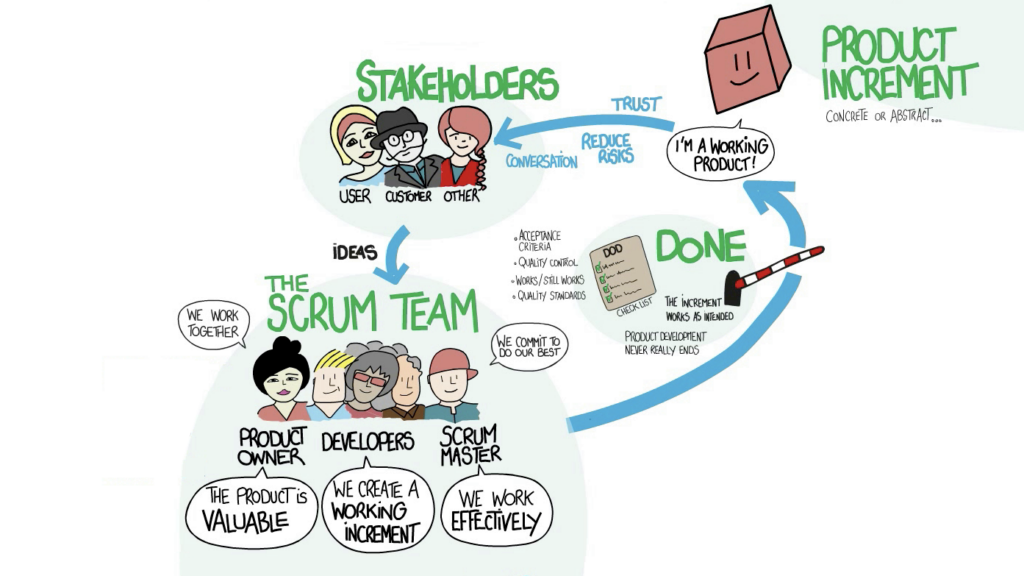
If Scrum is hard, that is probably because organizational structure is getting in the way! Let’s optimize!
✅ From Inside the Scrum Team
Scrum is a simple, team-based framework for solving complex problems. If you only remember one thing about Scrum, remember this: “Inspect and Adapt at regular intervals… and tell yourself the truth.”
Scrum works in short iterations, called sprints. At least once per sprint, the Scrum Team produces a new version of the product with a few new or upgraded features.
I like to call this a tangible result: something you can use, something you could sell, something you can test in real life; most importantly, something the Scrum Team can review together with its stakeholders.
The idea is to produce tangible results, every sprint. You can produce increments more often, even in flow, if that makes sense and your team has the technical excellence to do it.
Two of the most important stakeholders are the users and customers, that is the people who will actually use or pay for the product, but many other people could be involved!
Stakeholders usually appreciate having a working increment frequently! This virtually eliminates Delivery Risk. Direct interaction with stakeholders builds trust and reduces Market Risk, that is, increases the likelihood that the product will be a success!
With a working product in hand, you can have good conversations about what you have, what changes are needed, and how best to move forward. You can identify work to delay or skip, saving both time and money.
✅ Five Questions to simplify and speed up your development efforts
This is not about fitting Scrum into an organization. It is about aligning how people work with what is most effective.
- What is the outcome your development effort should achieve?
- How will the product your team is creating support that goal?
- What skills and authority are needed to create the product?
- Where are these skills located today? (Hint: draw a picture)
- How could you bring them closer together? (Hint: draw another picture)
If there is a big difference between the two pictures, you have a lot of improvement potential!
P.S. For an insight into how a Scrum team is intended to function, check out “Inside the Scrum Team!” Use it to start a conversation on improving your team, your organization, and your results.
P.P.S. To accelerate your organization, book an “Optimize for Speed” workshop!

